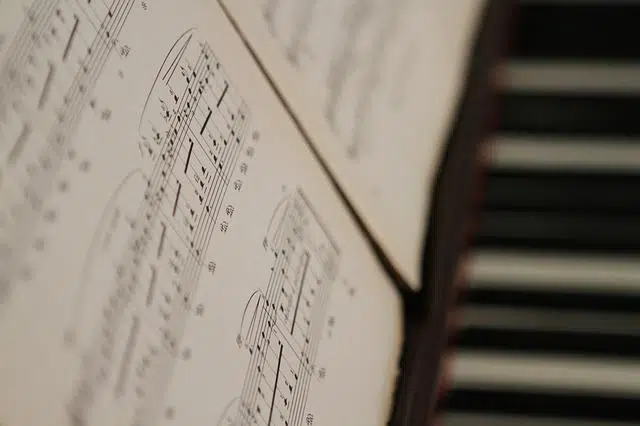
The idea of polyphony refers to a plurality of different simultaneous sounds that make up a harmony.
Polyphony is a notion that comes from the Greek language. The concept refers to the simultaneity of different sounds that form a harmony . In this way, despite the independence of these sounds, the listener perceives them as a whole.
A polyphonic composition consists of different basic melodies. Depending on the qualities of the people, each subject will be able to notice more or less independent melodies within the framework of polyphonic creation.
What polyphony entails, ultimately, is a certain kind of musical texture . This idea encompasses the harmonies, rhythms and melodies that come into play when creating a composition, giving it various qualities. The musical texture is the result of the relationships between these components: in polyphony, the variety of melodies does not prevent us from recognizing the work as a whole.
Emergence of polyphony
Although the precise origin of polyphony in the history of the Western Church is not known, two treatises that come from approximately the year 900, Sholia Enchiriadis and Musica Enchiriadis , are often considered the first examples of polyphony captured on paper. . These are two documents that collect works from the end of the 9th century and that present the bases for the composition of polyphonic works, with examples of parallel octaves, fifths and fourths in two-voice songs note against note .
The works found in these treatises are not fixed , but act as indications for the improvisation of a polyphony while it is performed. Different is the Winchester Troparion , which dates from a century later, as it is a complete vocal polyphony (although it does not include the exact duration of each note or its pitch). There are other examples of ancient works that fight to occupy the position of the oldest , and this appreciation varies depending on the specialist.

The oldest records of polyphony that were recorded on paper date back to the 10th century.
The organum
The polyphony method known as organum , which was based on repeating a melody in parallel, reached its maximum splendor in the Parisian School of Notre Dame, especially during the 11th and 12th centuries. The distance between the voices was usually an ascending perfect fifth. Organum is also known as parallelism or crosstalk and is considered a primitive form of counterpoint.
The plural of Órganum, since it derives from Latin, was called Órgana (although in the original language neither of the two terms was written with an accent). During the Middle Ages, this musical genre had an impact on an improvement in instrumental and vocal sacred music, since it made it more varied with the incorporation of a second voice.
Thanks to the legacy of various composers of the Flanco-Flemish school, which brought together the Italian influence of the madrigalists of Florence and the French influence of Guillaume de Machaut, polyphony reached its peak in the 15th and 16th centuries. Some of the main authors of this era are Josquin Desprez, Guillaume Dufay, Johannes Ockeghem and Orlando di Lasso.
Polyphony in literature
The notion of polyphony also appears in literature to name the multiplicity of voices within the same work. The term was coined by Mikhail Bakhtin , who studied how, in certain novels, each of the characters expressed their way of understanding reality, which allowed the reader to access various worldviews.
For Bakhtin , the I of discourse is always social. The modes of expression are crossed by experiences, customs, values and knowledge that result in what we know as ideology : in this way, there is no way to express oneself outside of ideology. The producer of a text, in this sense, is the result of the interrelation between ideology and the linguistic system, giving rise to polyphony.
